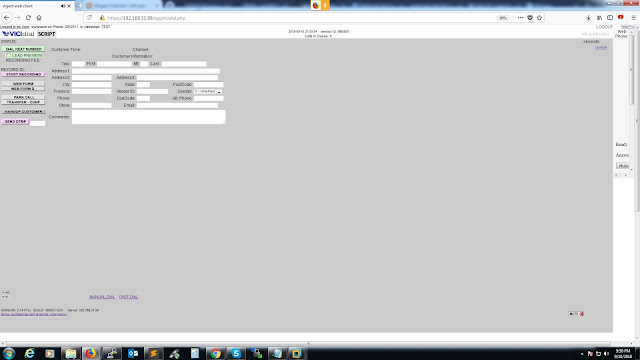Here is a cheat sheet of common Git commands with examples:
Git basics
- git init: Initialize a new Git repository.
- git add <file or directory>: Add a file or directory to the staging area.
- git commit -m <message>: Commit the changes in the staging area to the repository with a commit message.
- git push <remote> <branch>: Push the local branch to the remote repository.
- git pull <remote> <branch>: Pull the remote branch to the local repository.
- git status: Show the status of the working tree and staging area.
- git diff: Show the changes between the working tree and the staging area, or between the staging area and the last commit.
- git log: Show the history of commits in the repository.
- git checkout <branch>: Switch to a different branch.
Git branching
- git branch <branch name>: Create a new branch.
- git checkout -b <branch name>: Create a new branch and switch to it.
- git merge <branch name>: Merge the changes from another branch into the current branch.
- git rebase <branch name>: Replay the commits from one branch onto another branch.
- git branch -d <branch name>: Delete a branch.
Git collaboration
- git clone <url>: Clone a remote repository to your local machine.
- git fetch: Fetch the latest changes from the remote repository.
- git merge <remote> <branch>: Merge the changes from the remote branch into the current branch.
- git push <remote> <branch>: Push the local branch to the remote repository.
Example:
To initialize a new Git repository, run the following command:
git init
To add a file to the staging area, run the following command:
git add <file name>
To commit the changes in the staging area to the repository, run the following command:
git commit -m <commit message>
To push the local branch to the remote repository, run the following command:
git push <remote> <branch>
To pull the remote branch to the local repository, run the following command:
git pull <remote> <branch>
For more information on Git, please see the official Git documentation.


0 comments:
Post a Comment